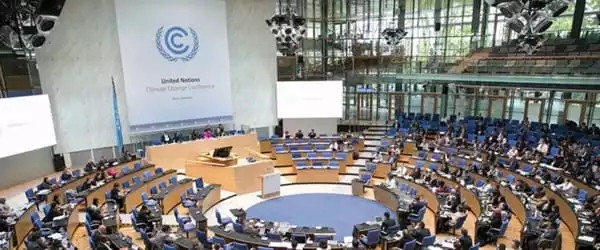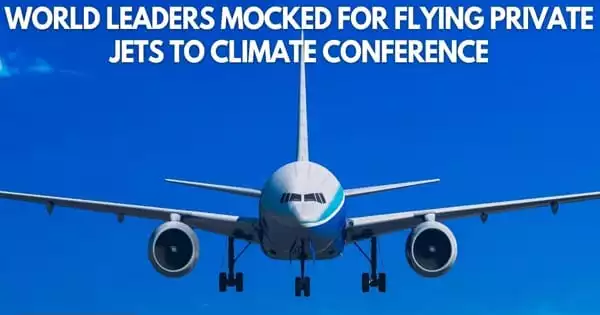Flights emit greenhouse gases, primarily carbon dioxide (CO2), as a result of fuel combustion. These have an impact on global warming. Emissions per kilometer traveled are known to be significantly higher than those of any other mode of transportation. However, this varies greatly depending on size, occupancy levels, and efficiency. Private planes emit significantly more emissions per passenger than commercial planes.
The world’s elite has descended on Glasgow, Scotland, for the United Nations’ COP26 climate conference, clogging local airfields and infuriating environmentalists. The COP26 UN climate conference got underway in Glasgow, Scotland, with a number of high-profile attendees. President Joe Biden, British Prime Minister Boris Johnson, and Amazon CEO Jeff Bezos all arrived on private jets. When it comes to climate change, world leaders and the wealthy continue to ignore private jet travel.
The United Nations Climate Change Conference began in Glasgow, Scotland. Some of the world’s most powerful leaders, including President Joe Biden and UK Prime Minister Boris Johnson, have been invited to discuss everything from carbon neutrality pledges to new infrastructure that could help the world meet the Paris Agreement’s goals.
And, ironically, many of them are using an extremely privileged and polluting mode of transportation to make the long journey: private jets. According to the BBC, 400 private planes flew into Glasgow for the event.
The double standard could not be more apparent. As Gizmodo points out, lawmakers are using a mode of transportation that emits an astonishing amount of carbon pollution before speaking out about global warming. A four-hour flight on a private jet is equivalent to the number of greenhouse gases produced by the average European citizen over the course of a year.

Worth It?
What is private jet transportation, ultimately shameless ignorance that leads to potentially damaging media coverage or justified behavior by in-demand public figures? Some argue for the latter.
“Given all of the travel required to get here, it puts even more pressure on world leaders to ensure it’s worth it,” Scotland’s First Minister Nicola Sturgeon told the BBC. To many, however, that point isn’t much of an argument. In fact, why fly at all when lawmakers and world leaders can convene via Zoom?
Perhaps it’s time to outlaw private jet travel entirely, as Gizmodo suggests, or at the very least make fliers pay for the extravagant emissions caused by their private air travel. Consider the journey from Rome to Glasgow on a private jet, which some of the G20 leaders took to get to COP 26. It would take about two hours and 45 minutes and require 2,356 liters of jet fuel.
According to the Department for Business, Energy, and Industrial Strategy (BEIS), every liter of aviation turbine fuel burned emits 2.52kg of carbon dioxide. As a result, this flight would emit 5.9 tonnes of CO2.
However, BEIS recommends that in order to “capture the maximum climate impact” of flights, CO2 emissions figures be multiplied by 1.9 to account for non-CO2 emissions emitted by planes at high altitudes, which scientists say increase the warming effect.
As a result, the total emissions for this flight would be 11.3 tonnes of CO2 equivalent, with each passenger responsible for 1.2 tonnes on their journey. Our world leaders, on the other hand, would have emitted a quarter-tonne of CO2 if they had taken a commercial flight from Rome to Glasgow. Even though a commercial flight consumes more fuel per hour, it can transport far more passengers than a private jet, resulting in lower emissions per person.





